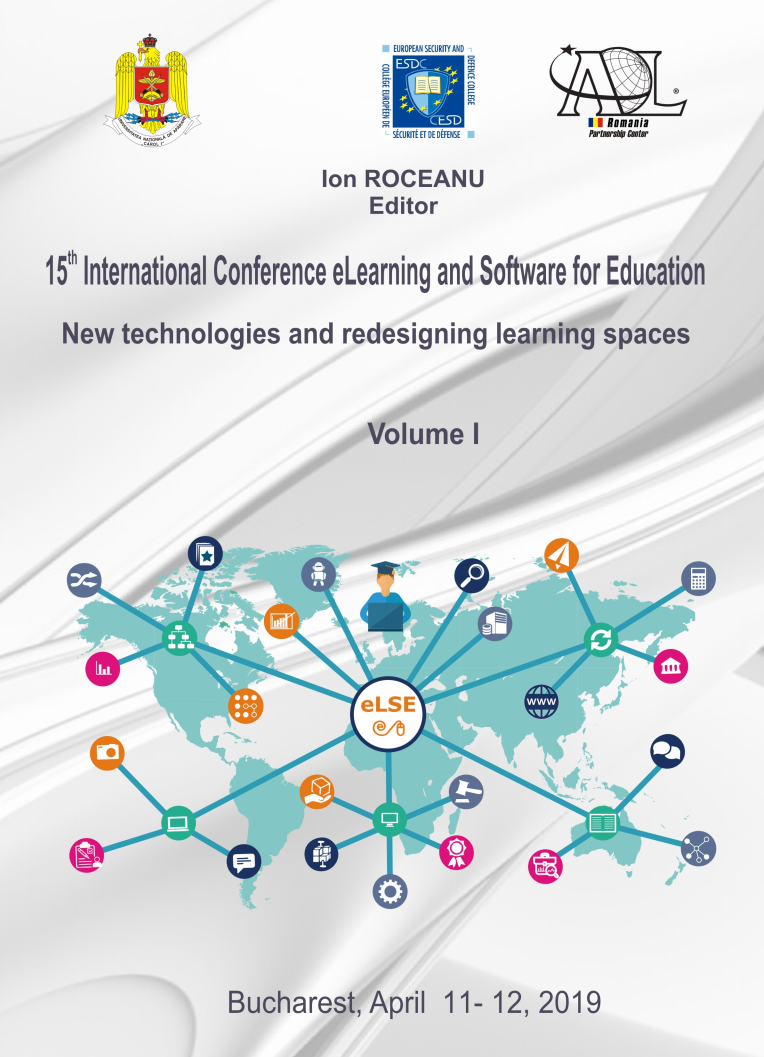Implicit Evaluation of Chess Knowledge in Non-Formal Learning Using Automatic Image Processing and Deep Learning
Implicit Evaluation of Chess Knowledge in Non-Formal Learning Using Automatic Image Processing and Deep Learning
Author(s): Dan MUNTEANU, Nicoleta MUNTEANUSubject(s): Social Sciences, Education, Higher Education
Published by: Carol I National Defence University Publishing House
Keywords: implicit evaluation; chess game; nonformal education; deep learning; image analysis;
Summary/Abstract: Non-formal education consists in the expression of personal interests through the voluntary participation of the young person in activities that are of interest or attract him directly in order either to spend free time in a constructive manner, or to develop personality or to grasp special talents in - an institutionalized framework. As a rule, non-formal education does not make literacy, but works on the student's apperceptive background (built up by formal education), strengthening the general knowledge of the young person in his / her areas of interest, along with the development of motivation, will, self-control and self-confidence. Our analysis had focused on tackling chess as a logical game in non-formal education by studying few groups of preschoolers who do not yet know how to read and write, in order to be able to record during the play their own moves on the game board. It has been noticed during the time that all these small age groups often commit mistakes, either on an involuntarily manner or deliberately, cheating for the purpose of winning at any cost, generating this way a controversy between opponents seeking the teacher's immediate support or assistance. One of the major limitations of the lesson is given by the fact that the teacher can't simultaneously watch the game on multiple chess boards in order to intervene in real time whenever his pedagogical assistance is needed. So, to alleviate these shortcomings, a system based on deep learning techniques is used that allows, based on image analysis, to detect the positioning of each chess piece on the game board. Upon completion of a move a button is pressed by each player at which point an image is taken with a camera and the new position of the pieces is determined and compared to the previous one, to detect if any of the game's rules have been violated. Then the notation of the move is recorded and in the case of a violation of the game's rules, the system produces a warning sound, giving this way to the teacher the opportunity to intervene promptly. The experiment consisted in recording the number of interventions necessary to correct the game first in a classic manner and then using the automated system, making this way a comparison between the two approaches. It has been noticed that using the automated system more errors could be detected in addition allowing an implied evaluation of the lesson in a manner which is more effective and objective then the classic one.
Journal: Conference proceedings of »eLearning and Software for Education« (eLSE)
- Issue Year: 15/2019
- Issue No: 01
- Page Range: 310-317
- Page Count: 8
- Language: English

